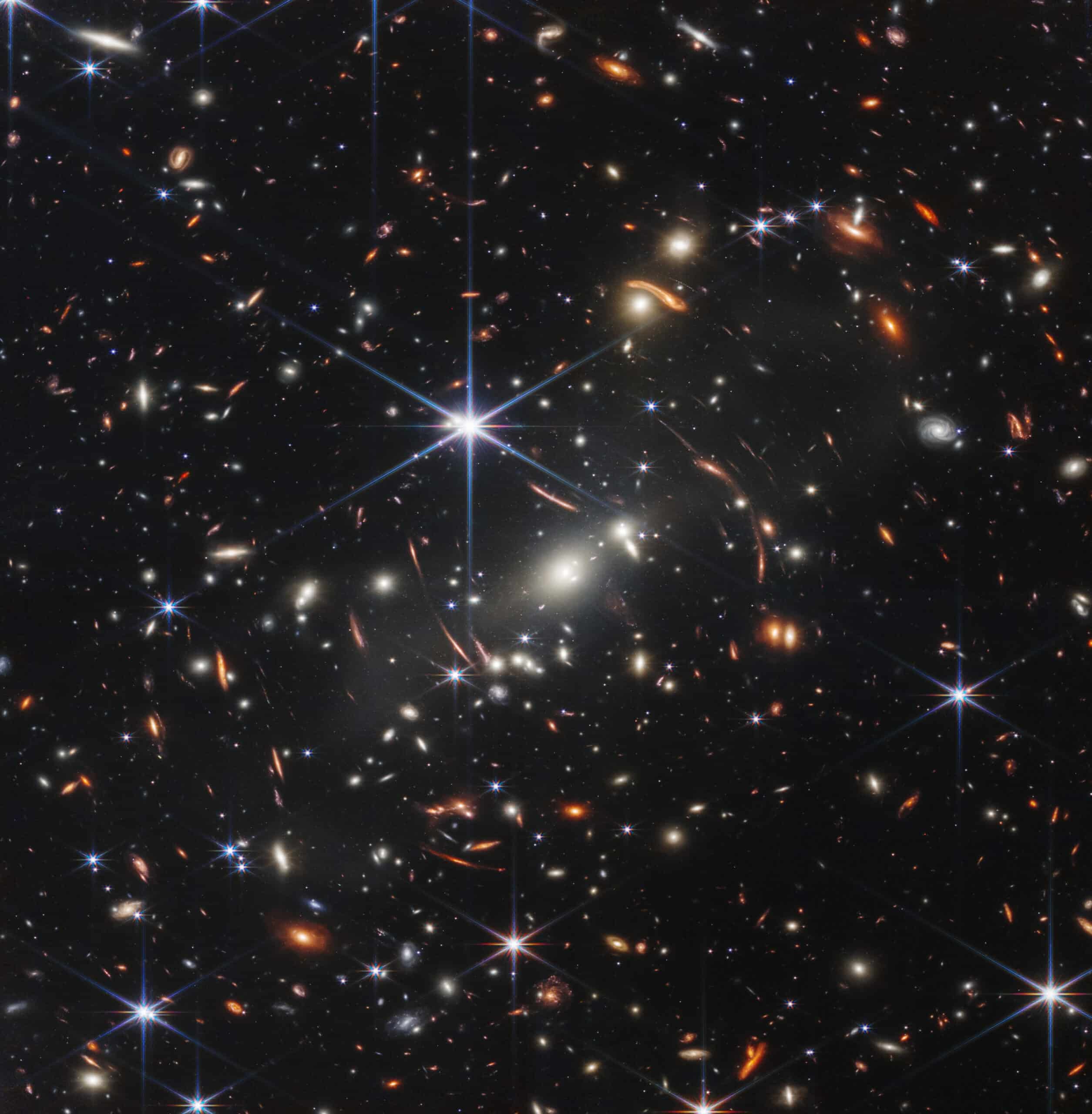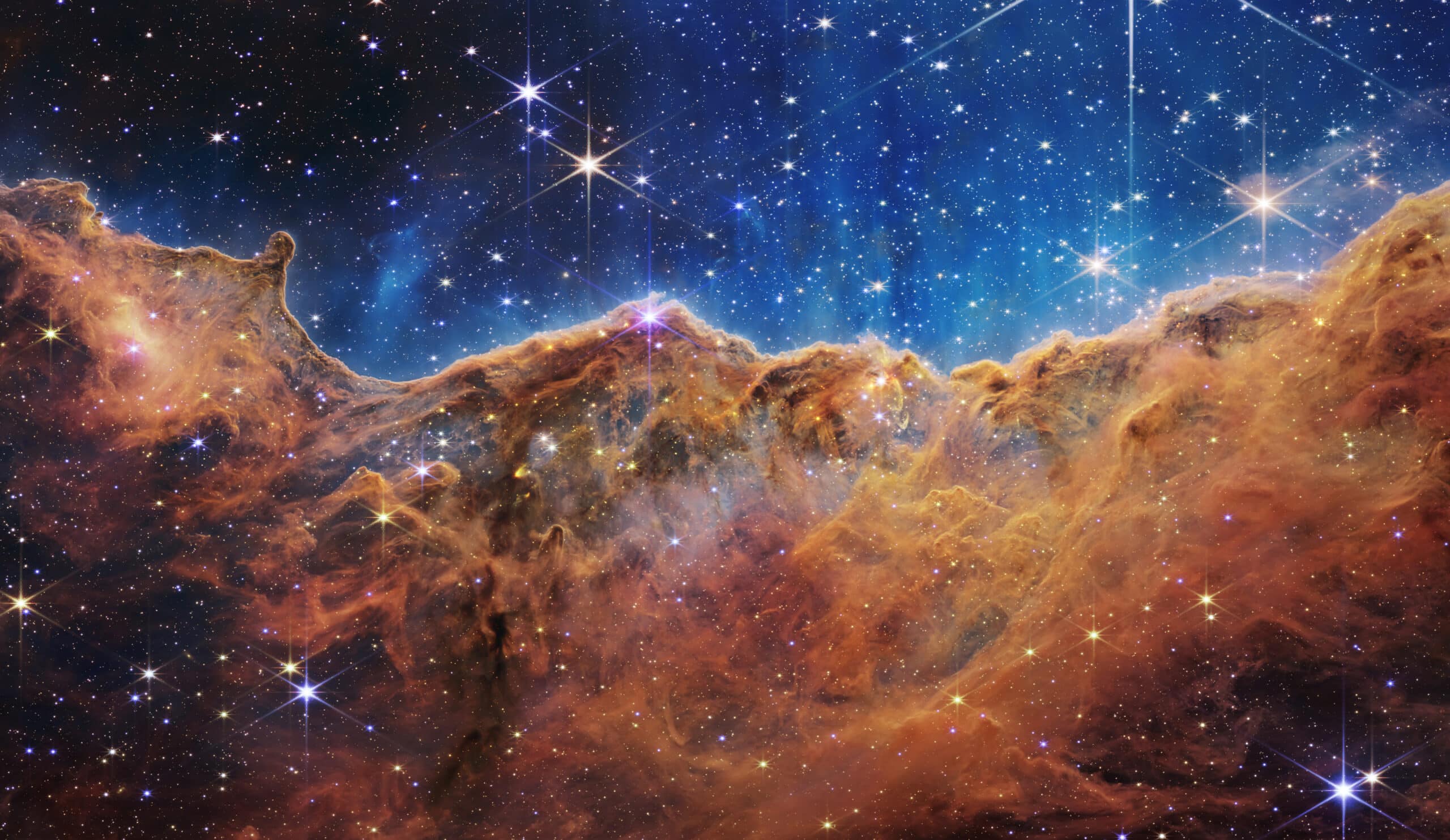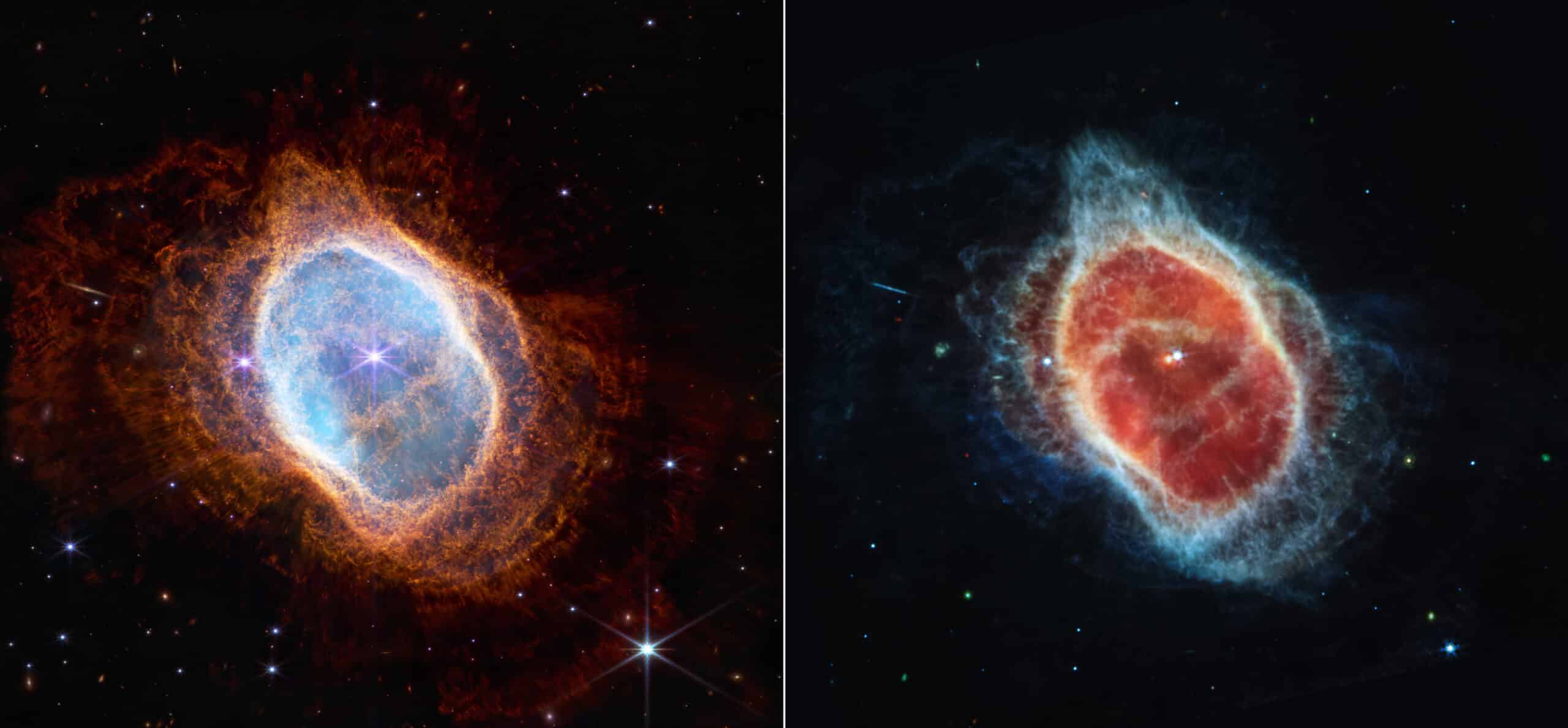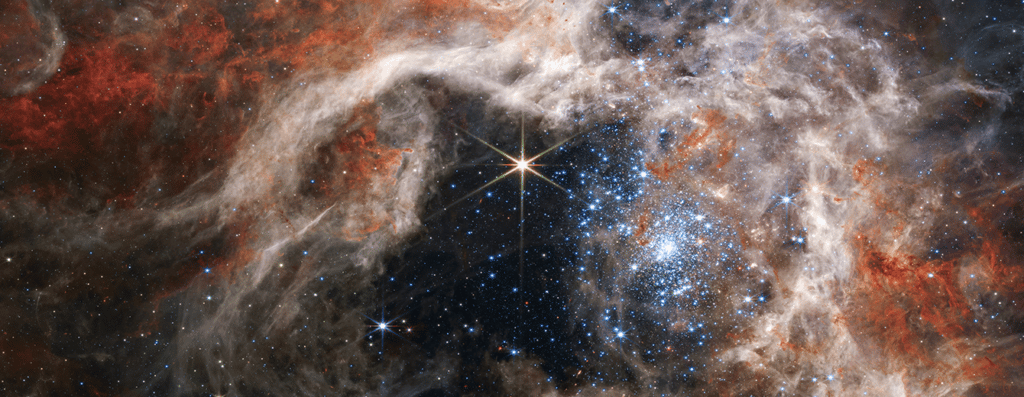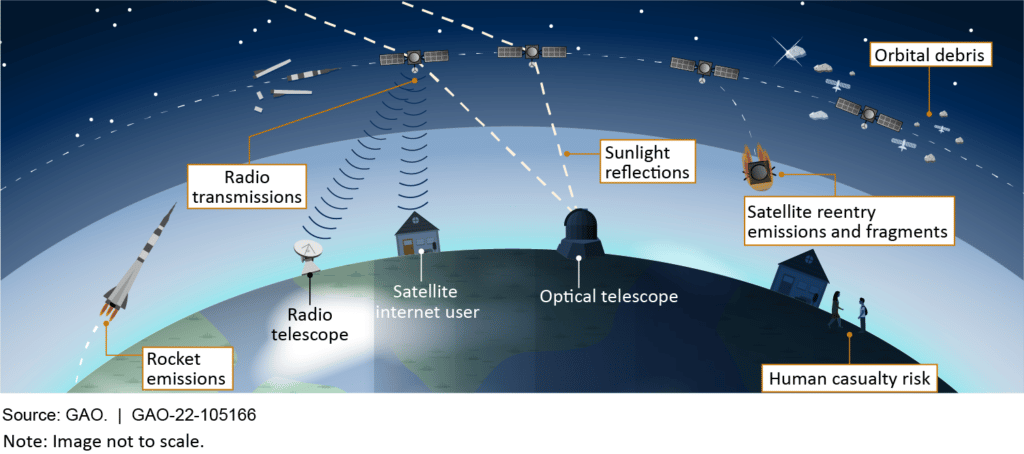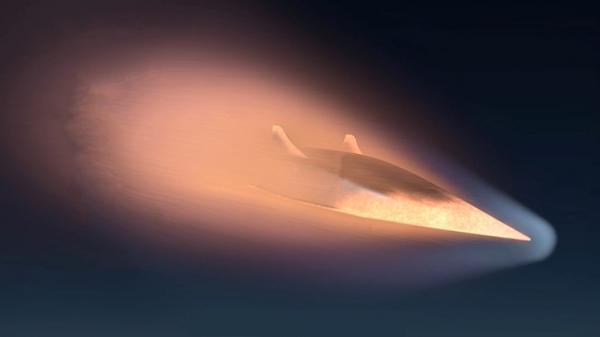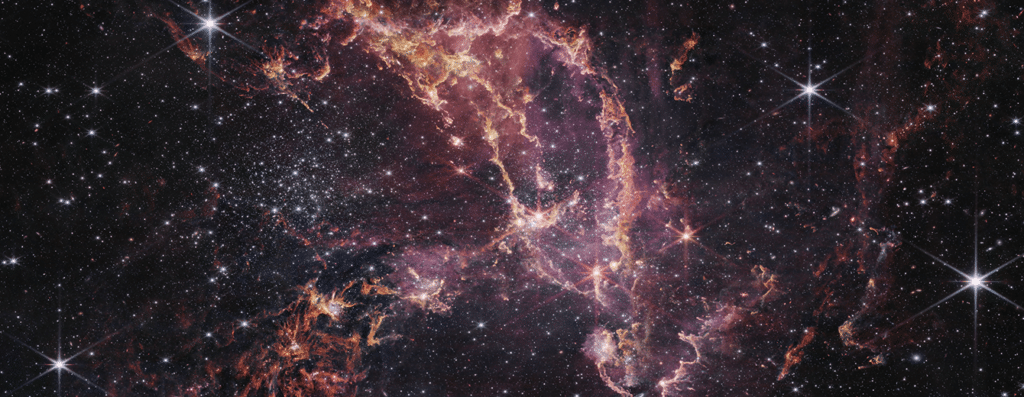
The awesome first images of the James Webb Telescope have been stunning the world, grabbing front page headlines, trending on twitter, and ushering in a new golden age for astronomy. As a Director for the Government Accountability Office (before retiring in 2020), I had the privilege of leading Congress’ yearly oversight reviews of the James Webb Telescope for nearly a decade. These reviews were requested after the program was nearly canceled because of cost and schedule overruns.
I watched the James Webb team contend with one vexing challenge after another–from the cyrocooler (with approximately 33 feet of refrigerant lines) that encountered so many difficulties in the early phases, to the endless problems in manufacturing a sun shield the size of a football field (the layers were so thin and seemingly fragile…I thought they would rip for sure in the unfurling), to the loose bolts that kept the program from reaching the finish line for many months to come. While we worried about technical problems, cost estimates, schedule delays, quality slips, and the many single points of potential failure after launch, I was always impressed with how the team persevered, working through technical or design problems while concurrently dealing with a plethora of stakeholders, inside and outside NASA (us included). And then there was COVID, at the very end, with all the extra supply chain, facility, and workforce dilemmas it presented.
This ambitious telescope was probably the most challenging and expensive project for NASA in recent years, coming in at nearly $10 billion. It cost about $5 billion more than anticipated and launched 7 years late. There are many lessons to be learned for future telescopes, mostly in terms of needing to be realistic up front about what it will take to build a telescope that seeks to go where no telescope has gone before. At the same time, however, the program was fairly well run, considering the magnitude of the challenge. It benefitted from consistent leadership, healthy reserves, and an undaunted team. I could go on about the challenges that the James Webb project faced, but for now, it’s time to put the green eyeshades down, congratulate the team, and just be astounded like the rest of the world.
